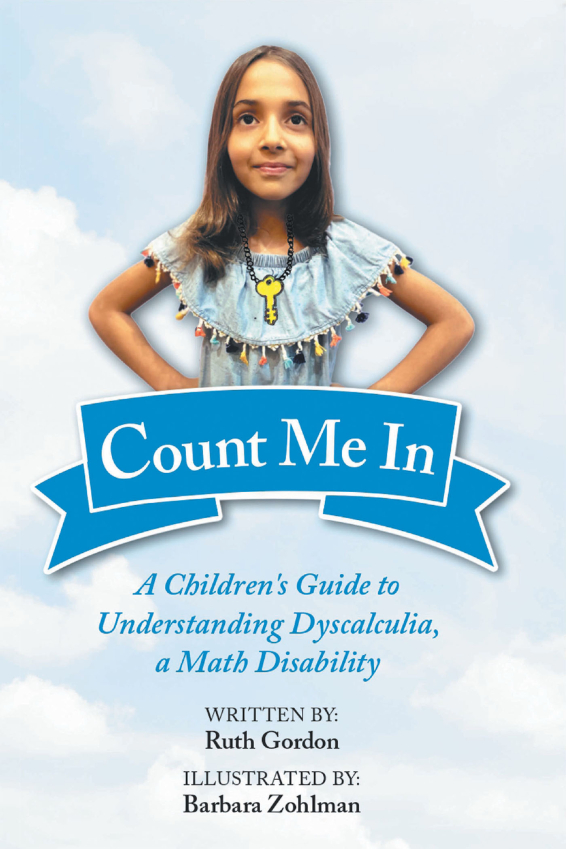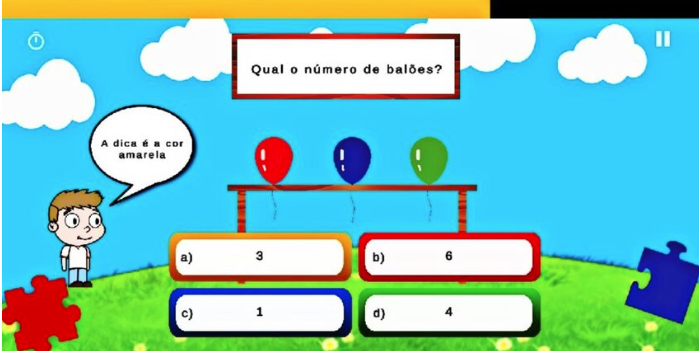Math can be a difficult subject for some students, but learning math can be fun and engaging when it is presented in a creative and humorous way. Jokes and puns are great ways to engage students in math and help them remember mathematical concepts. One such concept is the trapezoid, a four-sided shape with two parallel sides and two non-parallel sides. The trapezoid is an important geometric shape that can be found in many everyday objects, from road signs to buildings.
Just like we all love some math jokes, trapezoid jokes can be a great way to introduce this shape to students and help them remember its properties. A joke or pun can help students visualize the shape and remember its properties. By using humor to teach math, students may be more likely to engage with the subject and retain information.
In addition, trapezoid jokes can help students develop a sense of humor about math, which can be beneficial in their future studies. Being able to see the lighter side of math can help students approach the subject with a positive attitude and a willingness to learn. It can also help them build confidence in their math skills, which can be beneficial in other areas of their education.
With the many games and activities available for learning about shapes, by using trapezoid jokes as a teaching tool, educators can help their students develop a love for math and a lifelong appreciation for humor. In this article, we will giggle our way into the shapes, and navigate through the many trapezoid jokes so that they can help the little learners become more curious about the shape and learn it better.
Giggle your way to shapes: Trapezoid Jokes
1. Why did the trapezoid go to the doctor? Because it was feeling acute.
2. How do you make a trapezoid laugh? Tell it a joke with an acute punchline.
3. What did the trapezoid say when it finally met its soulmate? “We’re parallel-perfect for each other!”
4. Why did the trapezoid become an artist? It was tired of being boxed in.
5. What do you call a trapezoid that’s always late? A tardy-zoid.
6. How do you know if a trapezoid is friendly? It has acute angles.
7. Why don’t trapezoids ever get in trouble? They always stay within the lines.
8. What do you call a trapezoid that’s been to space? An astrapezoid.
9. Why did the trapezoid break up with the parallelogram? They just weren’t on the same plane.
10. Why did the trapezoid refuse to go to the beach? It didn’t want to tan at an angle.
11. What do you call a trapezoid that’s always in a rush? A rhombus-cut.
12. How do you measure the height of a trapezoid? With a triangle ladder.
13. Why did the trapezoid refuse to play cards? It always got dealt a bad hand.
14. What do you call a trapezoid with only one acute angle? An obtuse-trap.
15. Why did the trapezoid go to the bank? To get a parallelo-dollar loan.
16. What do you call a trapezoid with a PhD? A doctor-trapezoid.
17. Why don’t trapezoids eat dessert? They’re always too full from their angles.
18. Why did the trapezoid fail its math test? It couldn’t get its angles straight.
19. What do you call a trapezoid with a French accent? A trapez-oui.
20. Why did the trapezoid stop working as a detective? It couldn’t solve any right-angle crimes.
21. What do you call a trapezoid that’s always on vacation? A holiday-zoid.
22. Why don’t trapezoids ever get lost? They always know which way is a parallelogram.
23. What do you call a trapezoid that’s also a cowboy? A lasso-trap.
24. Why did the trapezoid become a lifeguard? It was great at making acute rescues.
25. What do you call a trapezoid that’s always cold? An isosceles-thermic.
26. Why did the trapezoid refuse to go to the circus? It was tired of being trapeze-shamed.
27. What do you call a trapezoid that’s always gossiping? A parallelogram-queen.
28. Why don’t trapezoids ever argue? They always find a common angle.
29. What do you call a trapezoid that’s always telling jokes? A pun-zoid.
30. Why did the trapezoid refuse to go on a date with the rectangle? It was afraid of being boxed in.
31. How do you make a trapezoid sad? Make it feel obtuse.
32. What do you call a trapezoid that’s good at playing the guitar? An acoustrapezoid.
33. Why don’t trapezoids ever get sunburned? They’re always shaded by their acute angles.
34. What do you call a trapezoid that’s also a superhero? The Trap-Avenger.
35. Why did the trapezoid become a teacher? It loved teaching its students how to find the area of shapes.
36. What do you call a trapezoid that’s always tired? A sleep-zoid.
37. Why did the trapezoid refuse to go on a roller coaster? It was afraid of becoming a parallelogram.
38. What do you call a trapezoid that’s always happy? A jolly-trap.
39. Why did the trapezoid become a professional chef? It loved working with angles in the kitchen.
40. What do you call a trapezoid that’s also a DJ? A trap-mixer.
41. Why did the trapezoid go to the dentist? It had an acute toothache.
42. What do you call a trapezoid that’s always on the go? A speed-zoid.
43. Why don’t trapezoids ever get lost in the wilderness? They always know which direction is the hypotenuse.
44. What do you call a trapezoid that’s also a magician? A trap-magician.
45. Why did the trapezoid fail as a detective? It always drew the wrong conclusions.
46. What do you call a trapezoid that’s always positive? A happy-trap.
47. Why did the trapezoid become a weatherman? It was great at predicting acute angles of precipitation.
48. What do you call a trapezoid that’s always hungry? A trap-eater.
49. Why did the trapezoid join the basketball team? It was great at making sharp-angle shots.
50. Why did the trapezoid refuse to go on a diet? It didn’t want to lose any of its angles.
51. What do you call a trapezoid that’s always running late? A rush-zoid.
How to explain the uniqueness of Trapezoid to the kids in a fun way
A trapezoid is a four-sided shape with two parallel sides and two non-parallel sides. What makes a trapezoid unique is its parallel sides, which sets it apart from other four-sided shapes like squares or rectangles. The two parallel sides of a trapezoid are called the bases, while the non-parallel sides are called the legs.
To explain this to kids, teachers can use geometry manipulatives and visual aids like a drawing or a shape-sorter toy. Show them a square and a rectangle, then a trapezoid. Point out that the trapezoid has two sides that are parallel, while the square and rectangle do not. Explain that the two parallel sides of the trapezoid are called the bases and the non-parallel sides are called the legs. Educators or parents could also use real-life examples of trapezoids, such as road signs or buildings, to help them understand the shape better.
Furthermore, one can also use other shapes to introduce the trapezoid. One example of doing this is to start by introducing kids to the triangle shape, which is a basic shape they are likely already familiar with. Then, show them how cutting a triangle horizontally from the center creates a trapezoid shape. From there, demonstrate the different forms of trapezoids and introduce their properties.
This can also be related to mountains and plateaus by explaining how mountains have peaks while plateaus are flat from above, just like a trapezoid. You could also create a 3D model of a trapezoid using play dough or paper, or use DIY geoboard or tangram to demonstrate how a trapezoid is formed.
Educators could also explain that the trapezoid is a unique shape because it has different types of angles. The angles where the bases meet the legs are called the base angles, while the angles opposite the legs are called the top angles. The top angles of a trapezoid are not always the same, which makes the shape interesting and unique. You could demonstrate this by drawing different trapezoids with different top angles and asking the kids to identify which ones are trapezoids and which ones are not.
In summary, a trapezoid is unique because of its parallel sides and the different types of angles it has. By using visual aids, geometry activities, and real-life examples, educators can help kids understand this shape better and appreciate its uniqueness.
Summing up
In conclusion, the trapezoid is a unique and important shape in geometry. Its parallel sides and non-parallel legs make it stand out from other four-sided shapes and give it a variety of interesting properties. By using trapezoid jokes and visual aids, educators can help kids understand and appreciate this shape, as well as develop a sense of humor about math.
With a better understanding of trapezoids, kids can apply this knowledge to real-life scenarios, such as building or designing structures. Overall, the trapezoid is a shape worth exploring and learning about, and it can be a fun and engaging subject for kids to explore.




